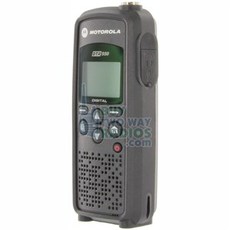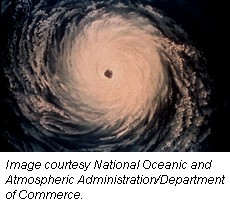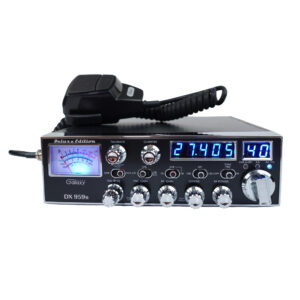Charging a handheld two way radio is, for the most part, a universal concept. It requires a radio equipped for charging, a charger, and rechargeable batteries. Charging is generally accomplished using one of three methods: plug the charger into the radio, drop the radio into the charger, or drop the batteries into the charger to charge the batteries directly.
While charging methods may vary according the make and model of radio you are using and the type of battery or charger used, they all have one thing in common - the charger cable or station typically plugs into a wall outlet and recharges the battery from a stationary source of AC power.
But what if there is no AC outlet available? What if you are away from your home or office, in a remote location, or on the road? What then? How do you keep your radios powered up and your batteries charged when you are on the go? These are questions frequently asked by customers in our blog, forum and on The Two Way Radio Show.
The answers to such questions depend a lot on your choice of radio. Some radios and/or their supplied chargers do not inherently support charging on DC power. Some do. However, even for some that don't, there may be a solution.
There are many brands and models of consumer FRS and GMRS two way radios with DC charging options included or built right in. Midland, Motorola and Uniden offer consumer FRS/GMRS radios with DC charging options. Motorola offers several radios with a 12v cable for their drop-in dual chargers. Several TalkAbout radios, such as the MH230R, MJ270R, MR350R and MR355R have a built-in mini-USB port to charge the radios via USB. The MR350R VP also has the mini-USB port and a min-USB car charger is included in the package. Uniden offers an optional 12v charging cable for the GMR2838-2CK, GMR2240-2CK and other Uniden radios (sold separately) so you can charge them by plugging the radios directly into the cigarette lighter in your vehicle.
Most manufacturers of consumer radios require you to turn the radios off while charging them in your vehicle. This means that you generally will not be able to use the radios to receive and transmit while they are charging. However, Garmin offers an optional Auto Power Adapter and PC Interface Cable with Auto Power Adapter to directly power the Rhino Series radios while in a vehicle. Garmin radios are more expensive than many other FRS/GMRS radios, but if you specifically need to be able to operate a radio while it is plugged into your vehicle for power, this may be the way to go.
Business radios are a little different. Although Icom does offer a DC adapter for its drop-in chargers, as a general rule most chargers for business radios are AC only.
However, Impact manufactures a line of universal chargers for business (and some consumer) radios that work using DC power. The Impact DC-1 Universal Single Rapid Vehicle Charger is compatible with a wide range of radios by utilizing an interchangeable cup system. Simply choose the cup that fits your make and model radio, drop it in the charger and it is ready for your radio. The charger also includes a mounting bracket to mount it in your car, truck or van.
If you have more than one radio to charge, Impact offers the AC/DC Universal Rapid 3 bank and 6 bank chargers. These chargers utilize the same cup system as the DC-1, allowing you to charge multiple radios of different makes and models all at the same time. Not every radio out there is supported, but there are cups available for a lot of them, and they are listed on a Charger Cup Chart. Impact offers 3-bank and 6-bank quick release vehicle mounting brackets for these chargers as well, but they are optional and are purchased separately.
Charging two way radios while on the go can have its challenges, but with a little planning and research you can find the right solution to charge your radios for full power whenever you need it, where ever you may go.






 Today is June 1, 2011. While today may seem to be of little significance to the average person, the first day of June is an important marker for folks along the Gulf coast and across the eastern seaboard of the United States. Today marks the official start of the 2011 hurricane season.
Today is June 1, 2011. While today may seem to be of little significance to the average person, the first day of June is an important marker for folks along the Gulf coast and across the eastern seaboard of the United States. Today marks the official start of the 2011 hurricane season.

